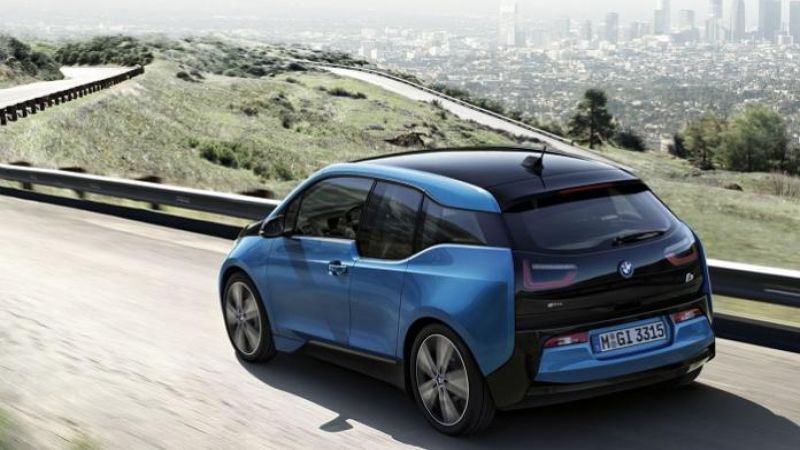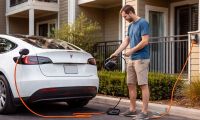When you are in the habit of driving an EV for long distances it is surprising what strange things can come into your head. I haven't been an EV owner for long, just four months, but I've put a lot of miles on my BMW i3 Rex. Running on a battery, my thoughts tend to run toward better efficiency and getting the last mile possible out of a charge.
Driving in our recent hot weather I started thinking about the heating and cooling used on modern electric vehicles. Specifically I was thinking about what heat is generated by the operation of the EV at highway speeds, and where that heat goes. Most EV models use a combination of classic resistive heating or the more efficient heat pump technology. Seat and steering wheel heat is always from resistive elements, but the cabin air is usually heated using a heat-pump.
ICE vehicles have always relied on engine heat to warm the cabin, which is why we all grew up waiting for the engine to warm before the vents would melt ice on the windows or earlobes. ICE vehicles use air conditioners (essentially heat pumps in reverse) to cool the cabins with frigid air, but the hot air coming from the exhaust manifold was always considered free.
With EV, you have to budget for all cooling and heating. The good news is bigger, higher density batteries make the impact of cabin conditioning a smaller and smaller part of the energy budget - since the cabin size is staying put while the kWh ratings keep going up. But what about the heat from the batteries and the electric motor? Couldn't we use that to warm the cabin, and get a benefit from the wasted heat?
I decided to do some investigating on a few cars to see where the heat was going. I'll be running some tests and taking measurements on a few popular models to see what's going on in the cabin and around the car when it has been working hard to move you around. I'll use a FLIR camera to show what area of the car get hot, and how hot, compared to a base-line ICE.
Stay tuned.












Comments
I agree that there is heat
Permalink
I agree that there is heat being produced in the battery, the electric drive motor, the electronics, and (if equipped) the REx. In hot climates this heat must be dissipated, some of which can be done with simple air cooling (cheapest) but as the heat increases a heat pump is required. However in cooler climates it is much more important to manage this heat for best operation of the battery and comfort of the occupants as well as keeping windows clear. Any heat that is simply dumped in cold climates clearly negatively effects vehicle range and efficiency.
What really disappoints me
Permalink
What really disappoints me about my 22 kWh i3 is that all the Rex’ heat is simply dumped outside while an electric cabin heater takes a big bite from my already marginal winter range. Someone clever should device a way for the drive cooling circuit to supply heat to the cabin heating circuit in cold weather. It does not sound that complicated and other brands do it already.
Even with today’s bigger batteries all the heating power must come from the electricity grid and should be minimised by all means